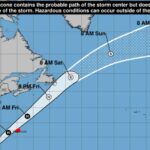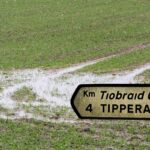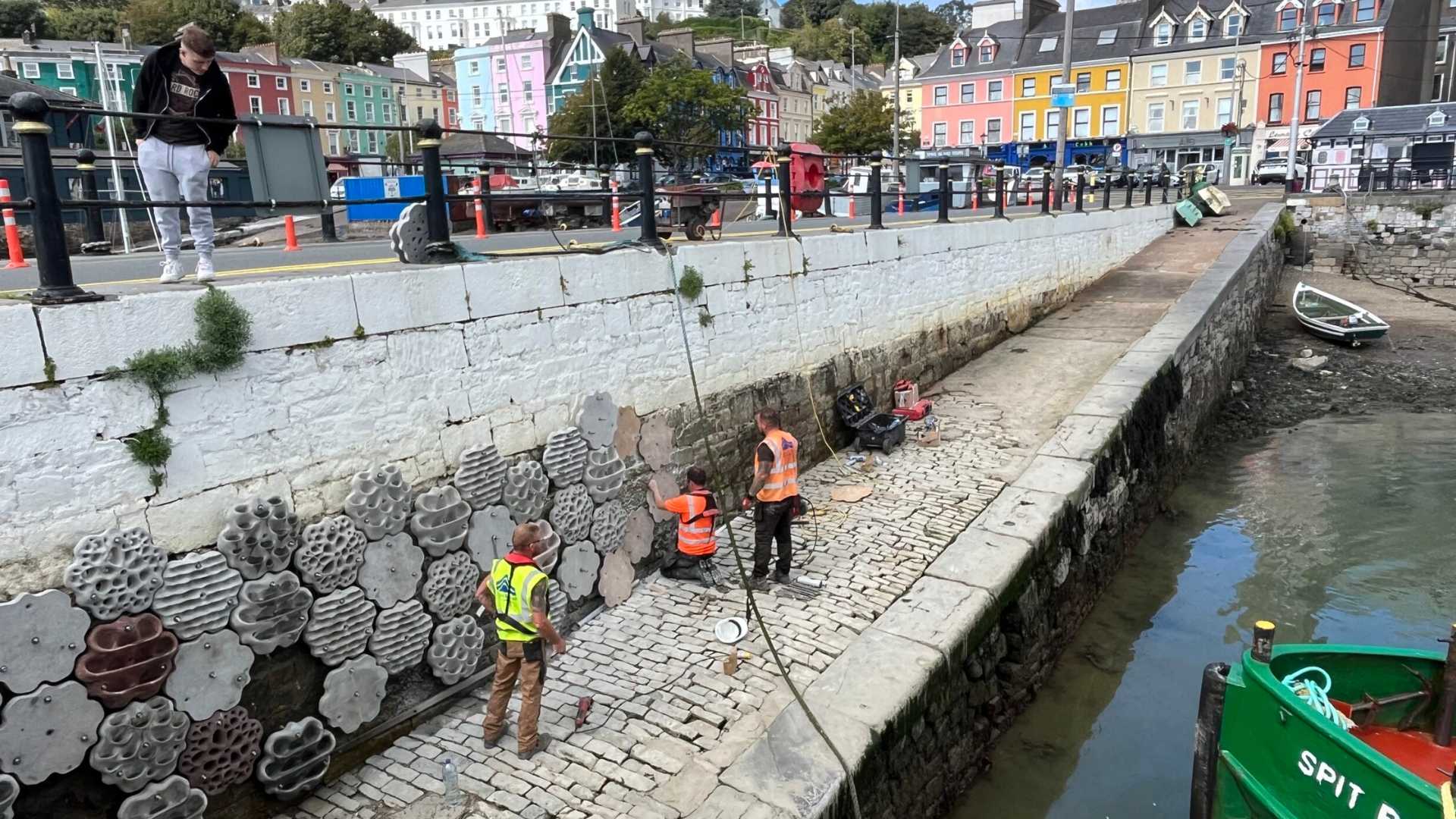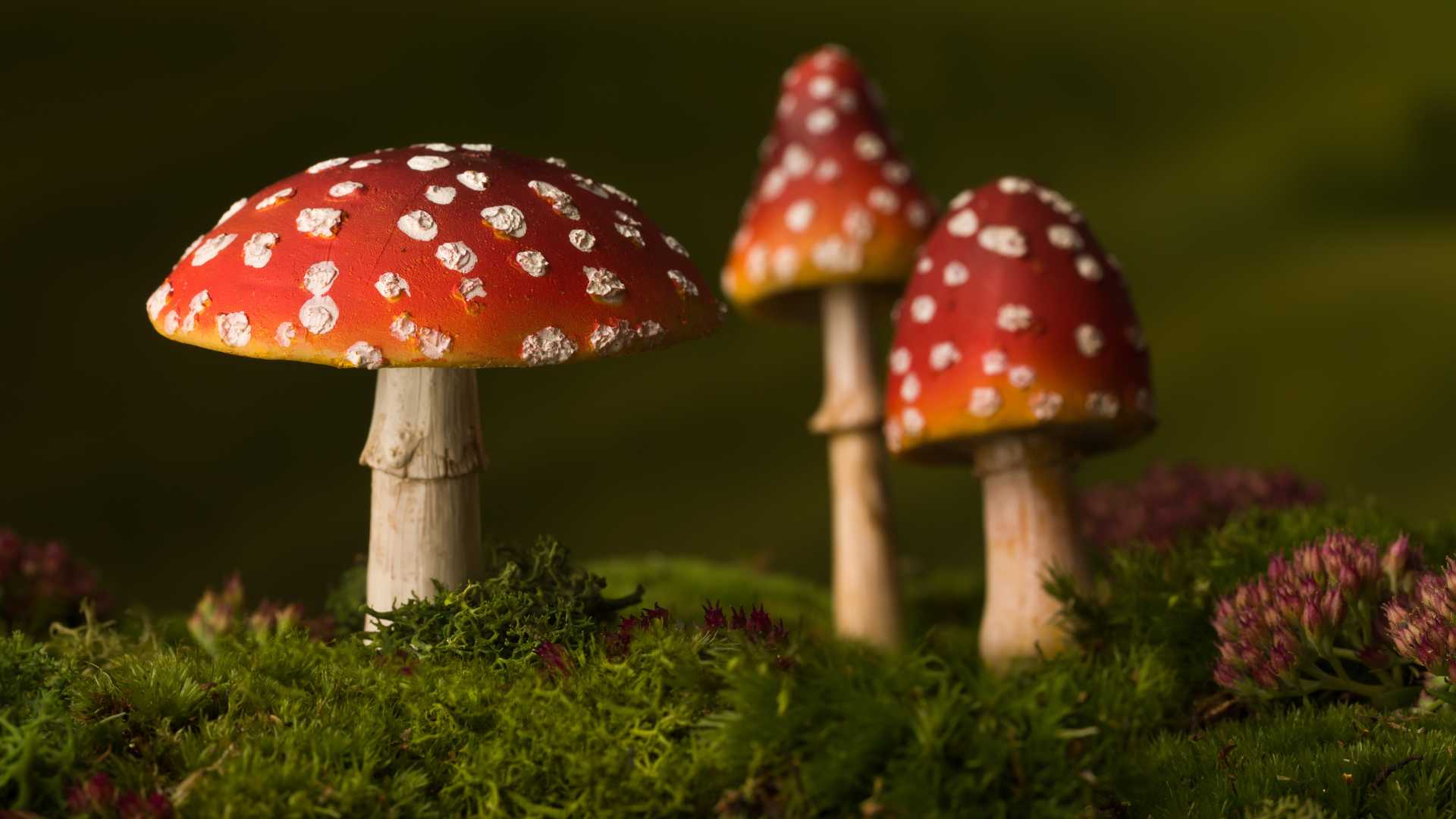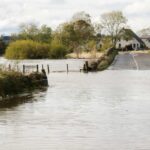
Record rise in corncrake territories but species remains at risk
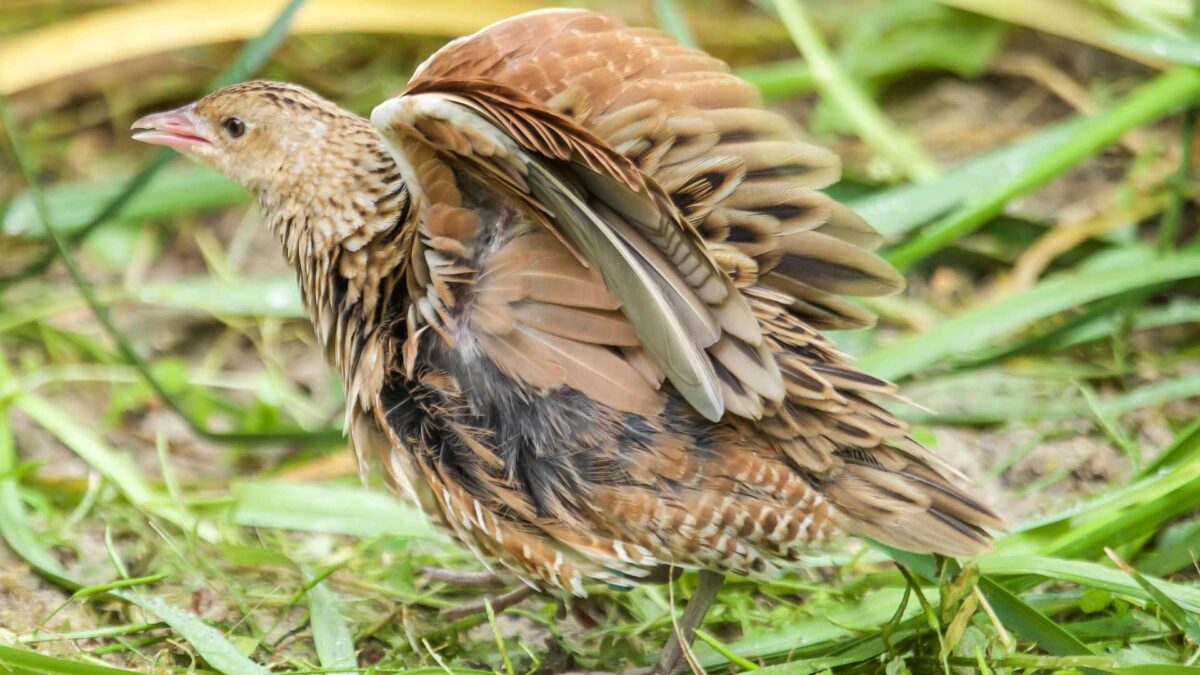
The number of corncrake territories recorded in Ireland has reached its highest level in 25 years, with conservationists hailing a 20 per cent increase in 2025 alone.
A survey by the National Parks and Wildlife Service (NPWS) shows 281 territories were identified this year, up by 48 on 2024. That represents a 70 per cent increase since 2018 in the core breeding areas of Donegal, Mayo and Galway.
Almost 1,500 hectares of land are now managed for the benefit of corncrakes through agreements with 250 farmers and landowners. The birds, once widespread across rural Ireland, remain red-listed and at risk despite the recent gains.
Minister of State for Nature, Heritage and Biodiversity Christopher O’Sullivan TD described the results as “an incredible success story” and credited farmers and local communities for their role. “The corncrake or an traonach as Gaeilge is an iconic bird with deep links to rural areas. These results are the direct outcome of positive collaboration between farmers, landowners and NPWS-led projects,” he said.
The Corncrake LIFE project, launched in 2021 and funded by the EU, has pioneered measures such as delaying grass mowing until mid-August, creating nettle patches and modifying mowing techniques to reduce chick mortality. Contractors have also developed “flushing bars” on mowers to scare birds away during harvesting.
Ciarán Reaney, who coordinates the NPWS survey, said the strong results reflected both improved habitats and favourable migration conditions. He noted confirmed sightings in Kerry, Cork and Waterford for the first time in decades. “Farmers and local landowners were really keen to work with us to give the birds a chance to breed,” he said.
Dr John Carey, who manages the LIFE project, said the 50 per cent rise in corncrake numbers since 2018 was “simply astounding” given the species’ previous decline. “Corncrakes are still very vulnerable but Ireland is now at the vanguard of their conservation in Europe,” he said.
Niall O’Donnchu, director general of the NPWS, added that the LIFE project demonstrated how conservation and community engagement can be delivered hand in hand.
Share this WeathÉire story:

